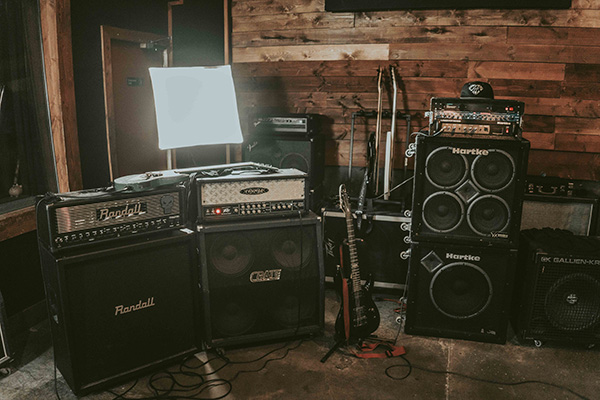What is a Sone and How Can You Improve Yours?
By Pete SchraderAssociate Product Manager
Before I started working at Broan-NuTone®, exhaust ventilation crossed my mind exactly one time in 24 years. I was staying in a hotel, traveling for my previous job, and I went into the bathroom to take a shower. Much to my chagrin, as I flicked on the bathroom fan, there was no change in noise, no loud growl alerting me that the fan was working. I had been trained, subconsciously, that when you turned on the fan in a bathroom, it was supposed to sound like an airplane taking off, that’s how you knew it was working. I equated a higher noise level with better performance, ipso facto, no noise meant the fan didn’t work, right?
.jpg?width=400&height=266)
While I can’t tell you definitively whether or not that hotel fan was high-performing or just broken, I do have a pretty good idea that I’m not the only person who didn’t fully understand sound as it related to bathroom ventilation. But, now that I have some product experience at Broan-NuTone, I feel like I’m uniquely qualified to explain sound and sones, so other people don’t struggle as I once did.

The next thing to understand is what the different levels mean. Typical bath fans range anywhere from <0.3 sones to 6.0 sones. Below is a chart detailing what sound level you can expect out of a certain sone level:
- <0.3 sones: This is the lowest possible sone rating for a ventilation fan. At <0.3 sones, you won’t even know the fan is running (maybe like my hotel experience?)
- 0.3 – 0.9 sones: Fans in this range are also high-performing. It is usually very difficult to hear products in this range, unless you are specifically listening for them
- 1.0 sone: A 1.0 sone rating is roughly equivalent to the sound of a refrigerator running
- 2.0 sones: 2.0 sones is the noise level in a normal office workplace
- 3.0 sones: A fan rated at 3.0 sones will be roughly as loud as a face-to-face conversation
- 4.0 sones: This sone level is typically what people will listen to the TV in their home at
- 5.0 sones: A 5.0 sone fan will be about as loud as a busy restaurant during dinner time
- 6.0 sones: Fans at 6.0 sones are equal to the noise at a sporting event in an arena or stadium
So, how loud is your fan and are you really ok with that?
Photo by KAOTARU on Unsplash
Photo by Krys Amon on Unsplash

 English
English
 English
English